Robots often perform tasks that seem unfathomable to most humans. From scanning books in seconds to advanced humanoids interacting with people, their capabilities are endless. This time, a robot designed by Mitsubishi Electric has amazed people by breaking the record for being the “fastest robot” to solve one of the world's most puzzling games, the Rubik’s Cube.
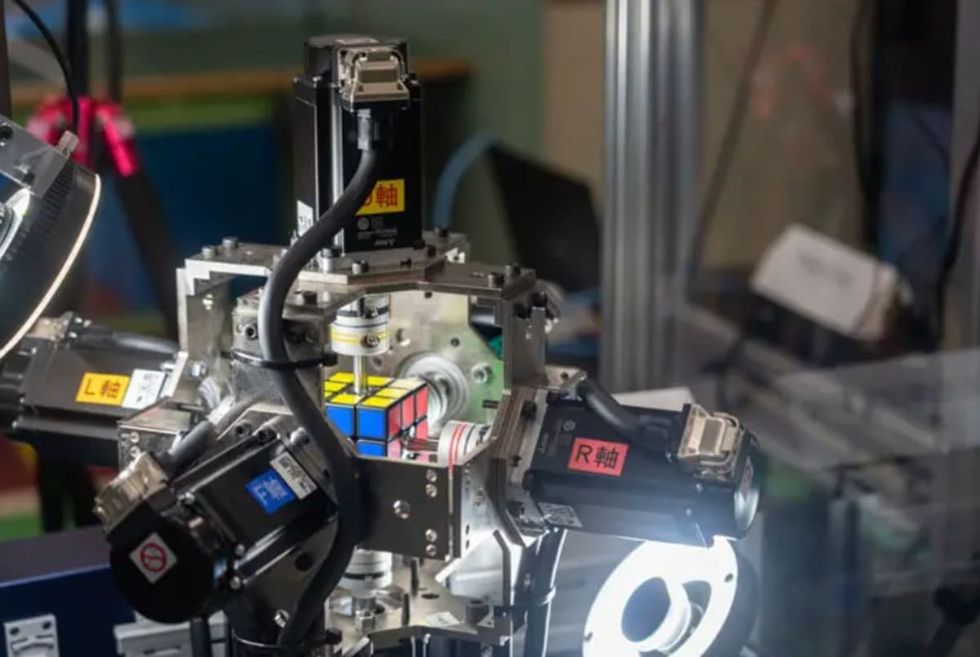
The robot, typically used for positioning wires in motors for appliances like air conditioners and ventilator fans, cracked the iconic Rubik’s Cube in just 0.305 seconds, breaking all previous records and receiving a Guinness World Records certificate on May 21, 2024.
Named the “TOKUI Fast Accurate Synchronized Motion Testing Robot” by its engineer, this mechanical marvel solved the six-colored puzzle in less time than it takes a human to blink. According to The Asahi Shimbun, a human blink lasts between 0.1 and 0.3 seconds, while it takes over 3 seconds for the fastest person to solve the puzzle cube.
The trailblazing robot is equipped with high-speed, high-precision factory automation (FA) equipment and control technology, according to Mitsubishi Electric. Its inventive rotation mechanism allows it to perform a 90° rotation in just 0.009 seconds. The mechanism uses Mitsubishi Electric's compact, high-power, signal-responsive servomotors and a color-recognition algorithm developed with proprietary AI technology. This algorithm, along with AI and cameras, helps the robot identify the different colors on the six faces of the puzzle cube.
The Rubik’s Cube is a puzzle that intrigues everyone, from children to adults. The 50-year-old 3D puzzle, although not unsolvable, is quite challenging. While some play it for fun, others solve it as a competitive sport. The puzzle is considered "solved" when each of its six faces has a solid color. Invented by Hungarian sculptor and architecture professor Ernő Rubik, the “Magic Cube” typically measures 5.6 centimeters on each side. It consists of 26 unique miniature cubes, also known as "cubies" or "cubelets," each with a concealed extension that interlocks with the others, allowing them to move to different positions.
People have been participating in “speedcubing” tournaments since the 80s. The human record for solving a Rubik’s Cube is 3.13 seconds, set by US champion cuber Max Park in 2023. In 2016, a robot broke the world record and solved the cube in 0.637 seconds. In 2018, this record was further broken by a robot developed by MIT students Ben Katz and Jared Di Carlo. Their gizmo solved the Rubik’s Cube in 0.38 seconds. Tokui’s robot has beaten even that.
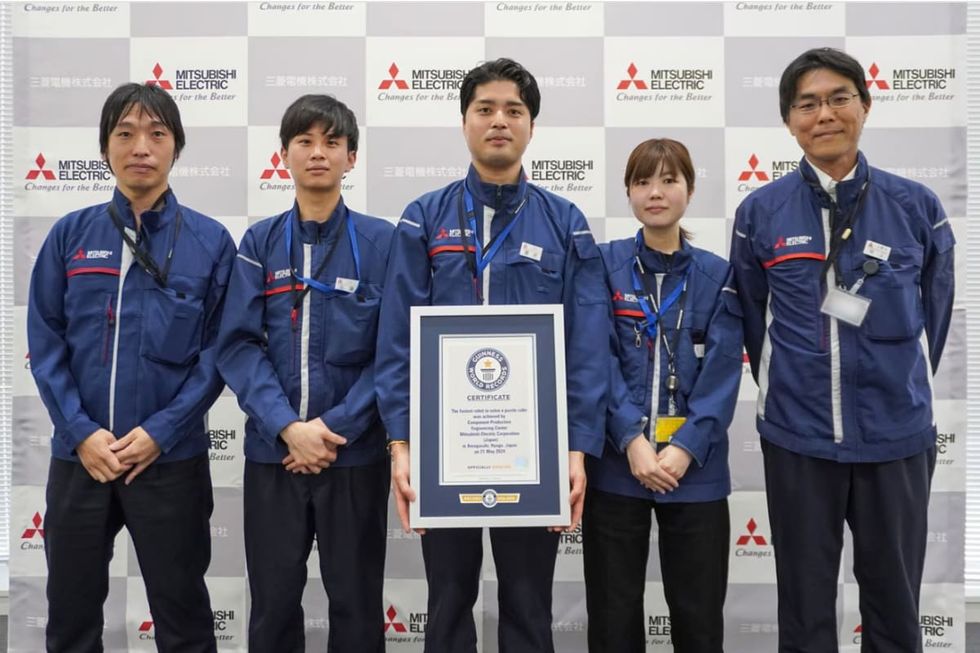
“I checked the videos of the previous record holder, and I felt that the motor we have is better than theirs. So I was confident that we can beat them with speed,” the engineer said, as per the Guinness World Records. "Shaving off time as much as possible was difficult, but it was fun at the same time. I never had issues with motivation through the project," he added.
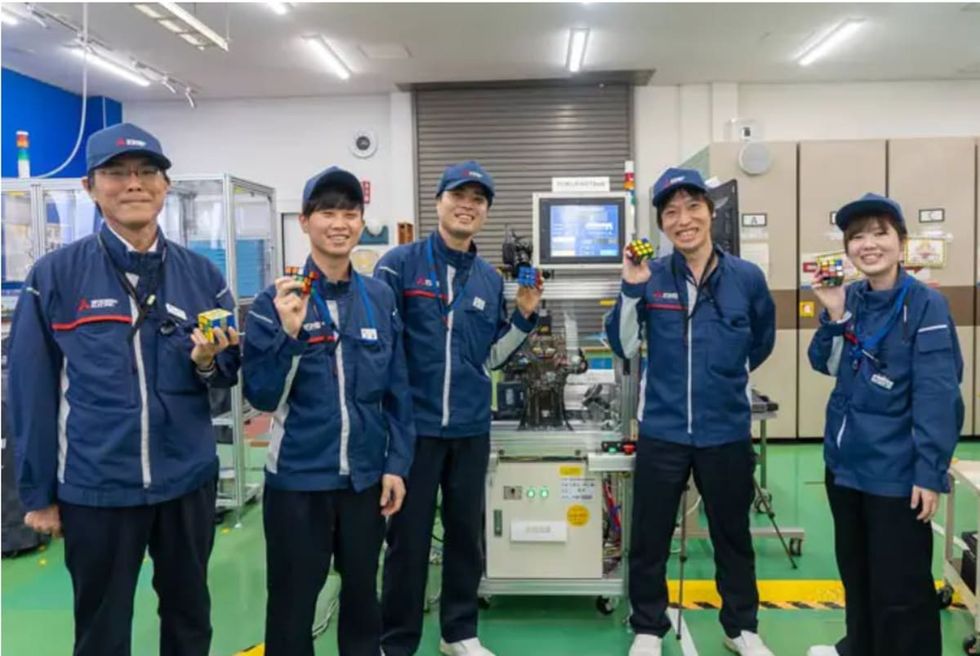
On the first attempt, the machine spun so fast that the puzzle got jammed. On the second attempt, the robot successfully solved the puzzle cube, shattering all previous records and achieving a speed ten times faster than a human cuber.
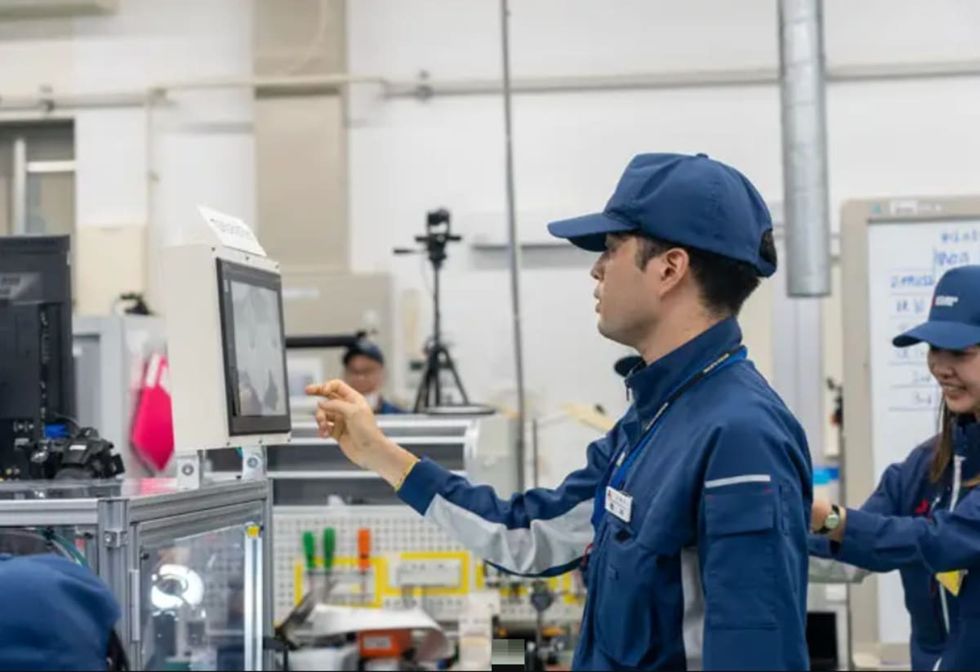
Speaking about the record-setting robot, Yuji Yoshimura, Senior General Manager, Component Production Engineering Center, Mitsubishi Electric said, "To demonstrate our technical capabilities in achieving high-speed, high-precision windings, which are key to increasing the productivity and efficiency of motors used in many of our products, our young engineers voluntarily worked to set the world record, resulting in a Guinness World Records title, which has motivated our engineers to further develop their technical skills. We will continue to take on exciting challenges using the technology we have cultivated in motor development to support global manufacturing."





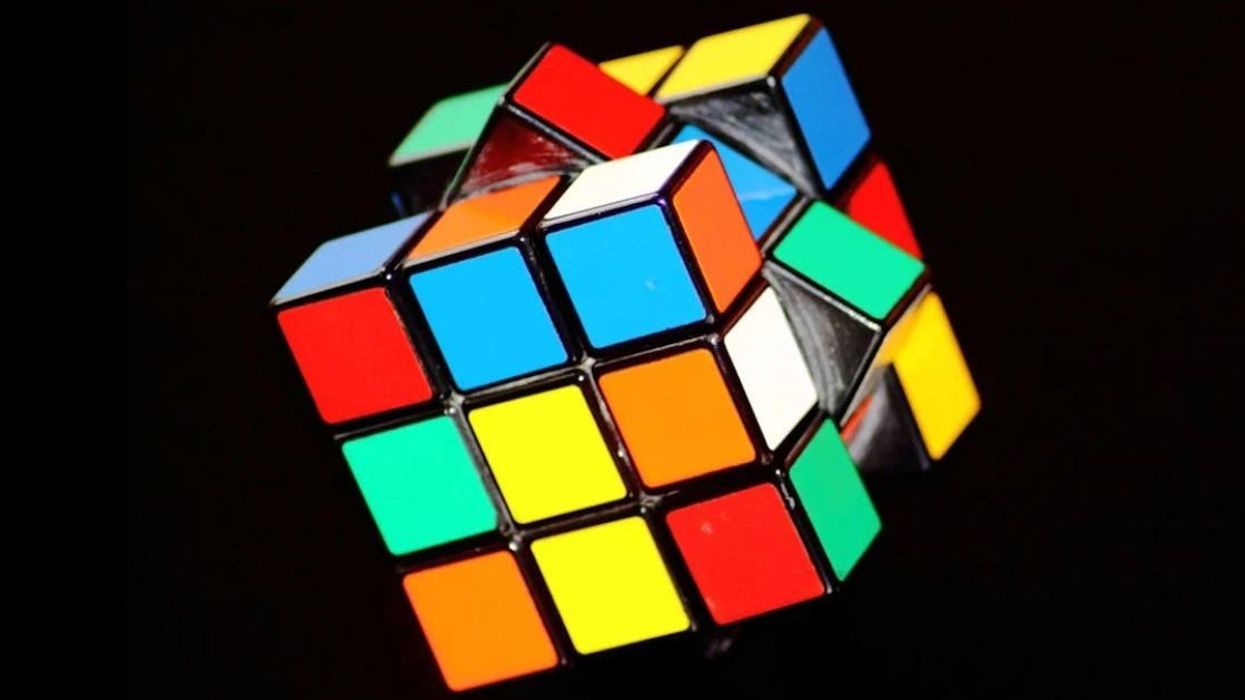












 Older woman drinking coffee and looking out the window.Photo credit:
Older woman drinking coffee and looking out the window.Photo credit:  An older woman meditates in a park.Photo credit:
An older woman meditates in a park.Photo credit:  Father and Daughter pose for a family picture.Photo credit:
Father and Daughter pose for a family picture.Photo credit:  Woman receives a vaccine shot.Photo credit:
Woman receives a vaccine shot.Photo credit: 
 Image artifacts (diffraction spikes and vertical streaks) appearing in a CCD image of a major solar flare due to the excess incident radiation
Image artifacts (diffraction spikes and vertical streaks) appearing in a CCD image of a major solar flare due to the excess incident radiation
 Yonaguni Monument, as seen from the south of the formation.
Yonaguni Monument, as seen from the south of the formation. 
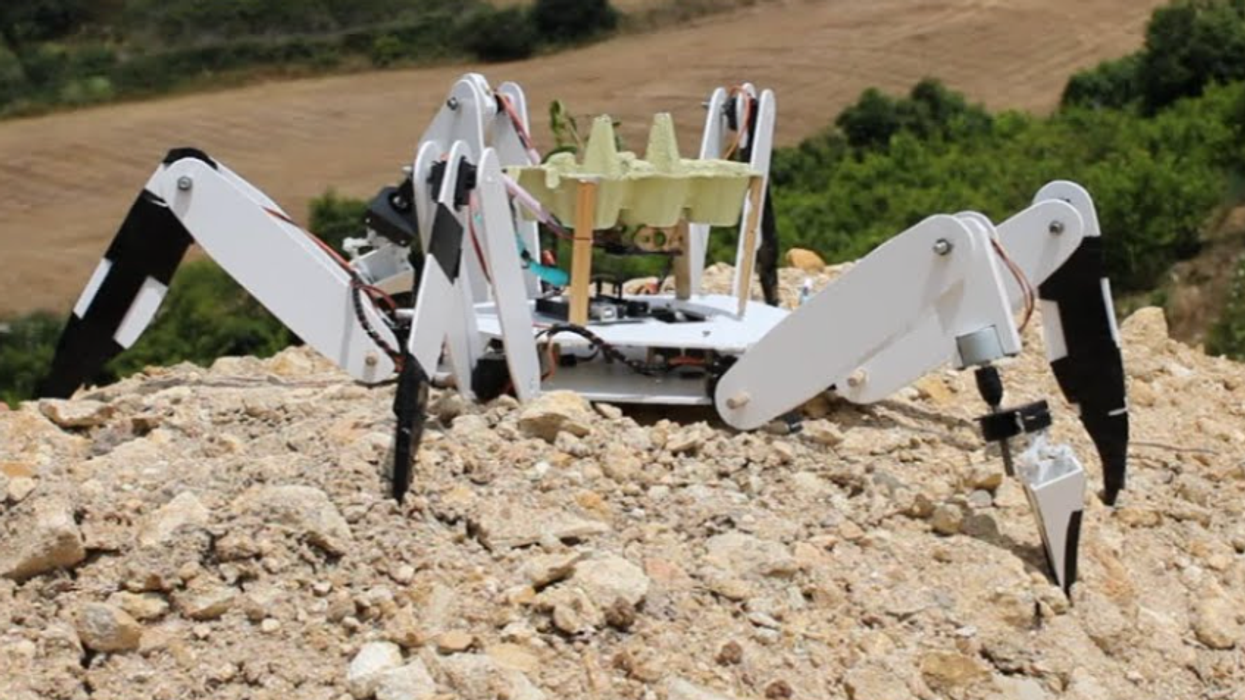



 A soldier relaxes on his bedCanva
A soldier relaxes on his bedCanva Gif of a child breathing deeply via
Gif of a child breathing deeply via